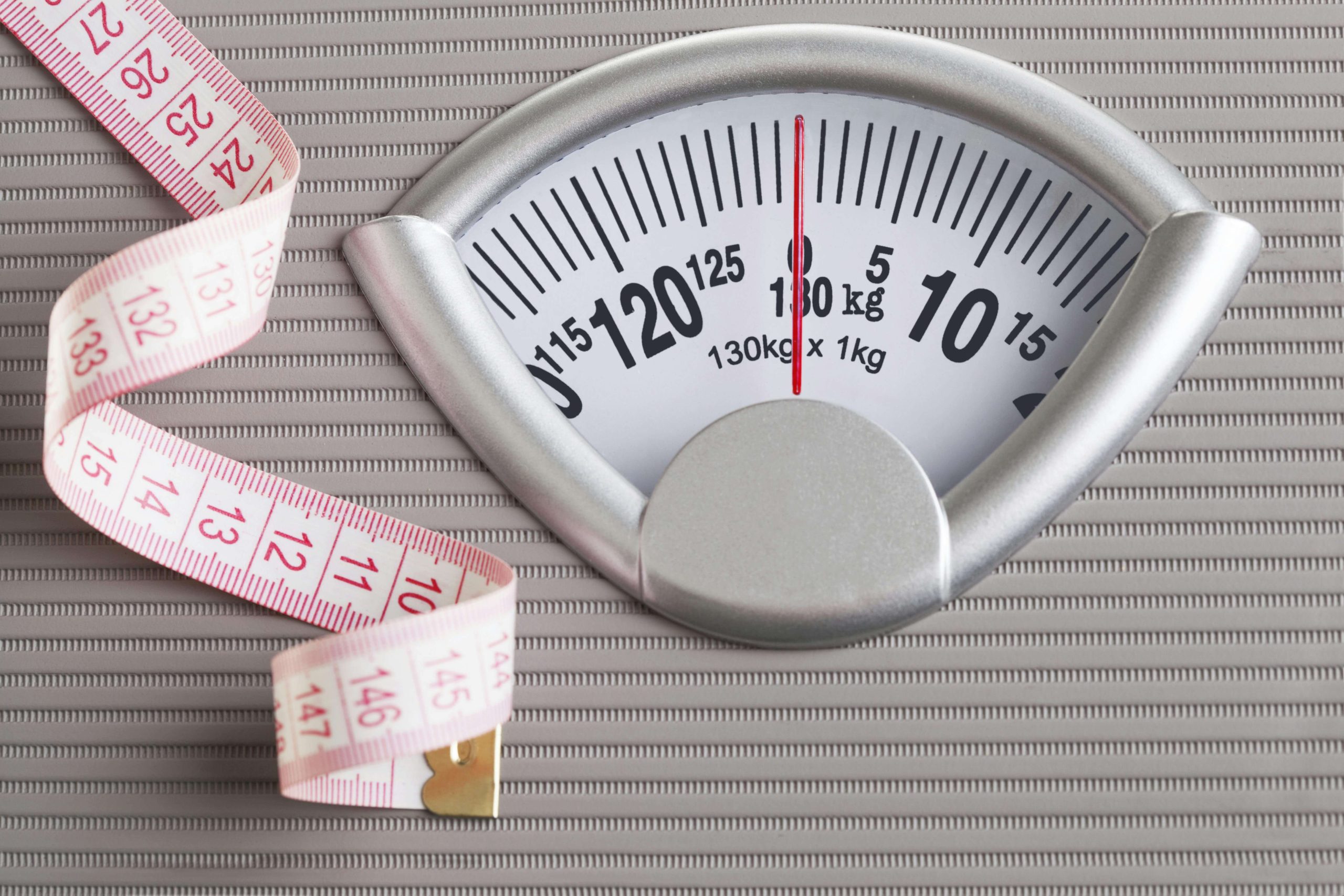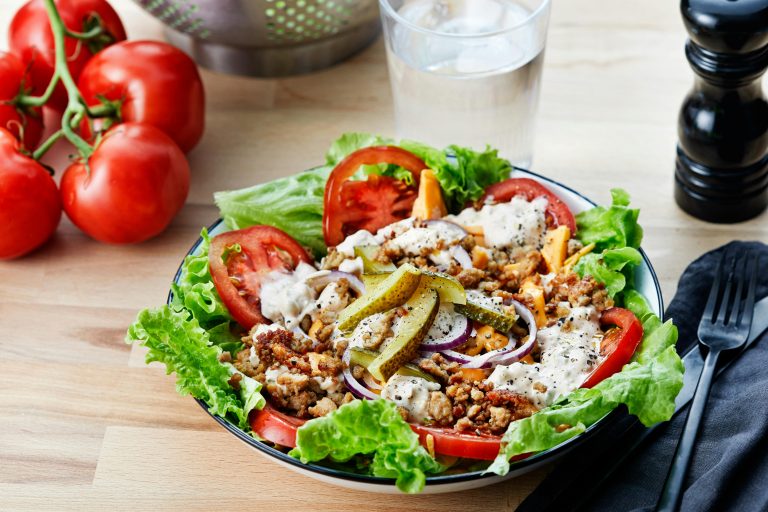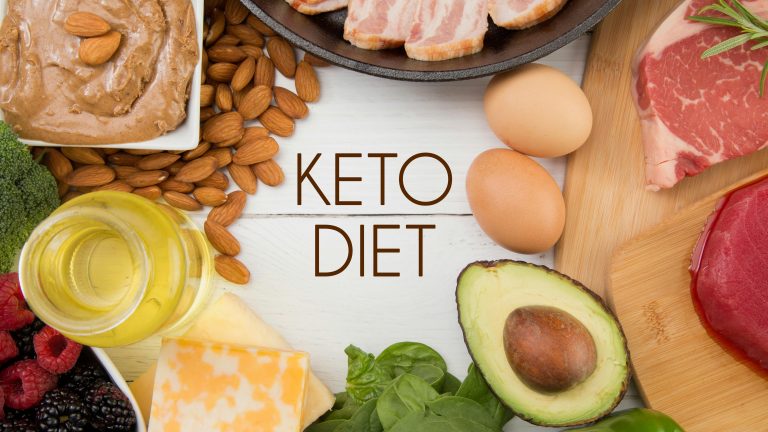In the realm of health and fitness, the ketogenic diet and intermittent fasting are two powerful strategies that have gained significant attention. When combined, they can create a synergistic effect that enhances weight loss, improves metabolic health, and boosts overall well-being. In this article, we’ll explore the basics of the ketogenic diet, delve into intermittent fasting methods like 16/8 and 5:2, and discover how to integrate them effectively into your life.
What is the Ketogenic Diet?
The ketogenic diet, often referred to as “keto,” is a low-carbohydrate, high-fat diet designed to shift your body’s primary energy source from glucose to ketones. By drastically reducing carbohydrate intake and replacing it with healthy fats, your body enters a metabolic state called ketosis. In this state, your liver produces ketones from fat, which become the primary energy source for your body and brain.
The classic ketogenic diet typically consists of:
- 70-75% of calories from fat
- 20-25% of calories from protein
- 5-10% of calories from carbohydrates
This macronutrient distribution forces your body to adapt to using fat for fuel, leading to efficient weight loss and various health benefits.
Intermittent Fasting: A Powerful Tool for Keto Success
Intermittent fasting (IF) involves cycling between periods of eating and fasting. When combined with the ketogenic diet, it can accelerate ketosis and amplify the diet’s benefits. Let’s explore two popular IF methods and how they complement the keto lifestyle.
16/8 Intermittent Fasting Method
The 16/8 method involves fasting for 16 hours daily and consuming all calories within an 8-hour window. This approach is often considered the “Goldilocks” of fasting plans—just right for many people. Here’s how it works and its benefits when paired with keto:

- Extended Fast: By fasting for 16 hours, your body depletes glycogen stores more effectively, pushing you into ketosis faster. This aligns perfectly with the keto diet’s goal of fat adaptation.
- Simplified Eating Window: Consuming meals within an 8-hour window can help regulate appetite and reduce overall calorie intake without conscious restriction. For example, skipping breakfast and eating from noon to 8 p.m. can naturally lower calorie consumption while maintaining ketosis.
- Circadian Rhythm Benefits: Fasting overnight and eating during the day syncs with your body’s natural circadian rhythm, enhancing metabolic function and improving sleep quality—a crucial factor for successful ketosis.
Benefits of 16/8 for Keto:
- Enhanced fat burning and weight loss
- Improved insulin sensitivity
- Reduced inflammation
- Increased mental clarity and focus due to stable energy levels from ketones
Risks and Considerations:
- May lead to muscle loss if protein intake is insufficient. Aim for 1.2-1.6 grams of protein per kilogram of body weight daily.
- Potential side effects like headaches, fatigue, and cramps can occur. Increasing electrolyte intake (sodium, potassium, magnesium) can mitigate these issues.
- Not suitable for pregnant or breastfeeding individuals, those with eating disorders, or underweight individuals.
5:2 Diet: Another Intermittent Fasting Approach
The 5:2 diet involves consuming 500-600 calories on two non-consecutive fasting days and eating normally on the remaining five days. When combined with keto, this method can provide additional benefits:
- Caloric Restriction Without Constant Deprivation: The 5:2 diet allows you to enjoy normal eating patterns on most days while still achieving caloric restriction on fasting days. This can make long-term adherence more manageable.
- Metabolic Boost: The fasting periods can enhance autophagy, a cellular cleanup process that supports metabolic health and longevity.
- Weight Loss Momentum: The structured fasting days can help break weight loss plateaus often encountered on the keto diet alone.
Benefits of 5:2 for Keto:
- Significant weight loss, especially for those with excess body fat
- Improved markers of metabolic health, including blood sugar, cholesterol, and triglyceride levels
- Reduced inflammation and potential benefits for conditions like non-alcoholic fatty liver disease
Risks and Who Should Avoid It:
- May cause muscle loss if protein intake is inadequate on fasting days. Prioritize protein-rich foods like meat, fish, and eggs.
- Not recommended for individuals not aiming to lose weight, seniors with muscle loss concerns, or those with specific health conditions without medical supervision.
Implementing 16/8 and 5:2 with Keto: Practical Tips
Whether you choose the 16/8 method or the 5:2 diet, here are some practical tips to help you integrate them with your ketogenic lifestyle:

For 16/8 Intermittent Fasting:
- Start Gradually: If you’re new to fasting, begin with a 12-hour overnight fast (e.g., 7 p.m. to 7 a.m.). Gradually extend the fasting window as your body adapts.
- Prioritize Protein and Nutrient-Dense Foods: Within your 8-hour eating window, focus on high-quality protein sources and whole foods like vegetables, nuts, and healthy fats. Avoid processed foods and sugars that can kick you out of ketosis.
- Track Your Progress: Use tools like Carb Manager to monitor your macronutrient intake, ensure adequate protein consumption, and stay within your keto guidelines while fasting.
- Stay Hydrated and Manage Electrolytes: Drink plenty of water and consider electrolyte supplements to prevent common fasting side effects like headaches and cramps.
For the 5:2 Diet:
- Plan Fasting Days Carefully: On fasting days, divide your 500-600 calories into nutrient-dense meals rich in protein and vegetables. Examples include a spinach and mushroom omelet for breakfast, a chicken salad for lunch, and a beef and cauliflower dish for dinner.
- Maximize Feeding Days: On normal eating days, focus on whole, keto-friendly foods to ensure you’re getting all essential nutrients. Track your meals with Carb Manager to maintain balance.
- Prioritize Strength Training: Combine resistance exercises with your fasting routine to preserve muscle mass and enhance fat loss.
- Deal with Hunger Wisely: Stay busy on fasting days, sip on calorie-free beverages like herbal tea or coffee, and remind yourself that hunger is temporary.
Sample Keto Meal Plans for Intermittent Fasting
16/8 Fasting Day (Eating Window: 12 p.m. – 8 p.m.):
- Lunch (12 p.m.): Grilled chicken salad with mixed greens, avocado, olive oil, and vinegar (450 calories)
- Snack (3 p.m.): A handful of almonds and a slice of keto-friendly cheese (150 calories)
- Dinner (6 p.m.): Baked salmon with asparagus and garlic butter (500 calories)
- Total: Approximately 1,100 calories (adjust based on individual needs)
5:2 Fasting Day (~500 Calories):
- Breakfast: Keto-friendly bulletproof coffee (100 calories)
- Lunch: Cucumber and turkey roll-ups with cream cheese (200 calories)
- Dinner: Steamed shrimp with lemon and parsley (200 calories)
- Snack: A small keto protein shake (50 calories)
- Total: 550 calories
Potential Benefits of Combining Keto and Intermittent Fasting
When done correctly, combining the ketogenic diet with intermittent fasting can lead to:

- Accelerated Weight Loss: The dual approach of restricting calories and carbohydrates maximizes fat burning.
- Improved Metabolic Health: Enhanced insulin sensitivity, lower blood sugar levels, and improved lipid profiles.
- Increased Energy and Focus: Stable ketone levels provide consistent energy, reducing the energy crashes common with high-carb diets.
- Longevity and Disease Prevention: Both keto and fasting have been linked to improved cellular health and reduced inflammation, potentially lowering the risk of chronic diseases.
Risks and Precautions
While the combination of keto and intermittent fasting can be powerful, it’s not without risks. Key considerations include:
- Nutrient Deficiencies: The restrictive nature of both approaches can make it challenging to obtain all necessary nutrients. Supplementing with vitamins and minerals may be necessary.
- Hormonal Imbalances: Prolonged fasting and very low carbohydrate intake can affect hormone levels, particularly in women. Monitor symptoms like irregular periods and consult a healthcare provider if needed.
- Social and Practical Challenges: Fasting schedules and keto food restrictions can make social events and dining out more difficult. Planning ahead is essential.
Conclusion: Finding Your “Just Right” Approach
Like Goldilocks searching for the perfect porridge, finding the right balance between the ketogenic diet and intermittent fasting requires experimentation. The 16/8 method offers a moderate approach suitable for many, while the 5:2 diet provides structured caloric restriction for those seeking more defined fasting periods. By understanding the principles of both, clarifying your health goals, and implementing them mindfully, you can create a sustainable lifestyle that supports weight loss, metabolic health, and overall well-being. Remember, consistency and patience are key—allow your body time to adapt and reap the rewards of this powerful combination.



